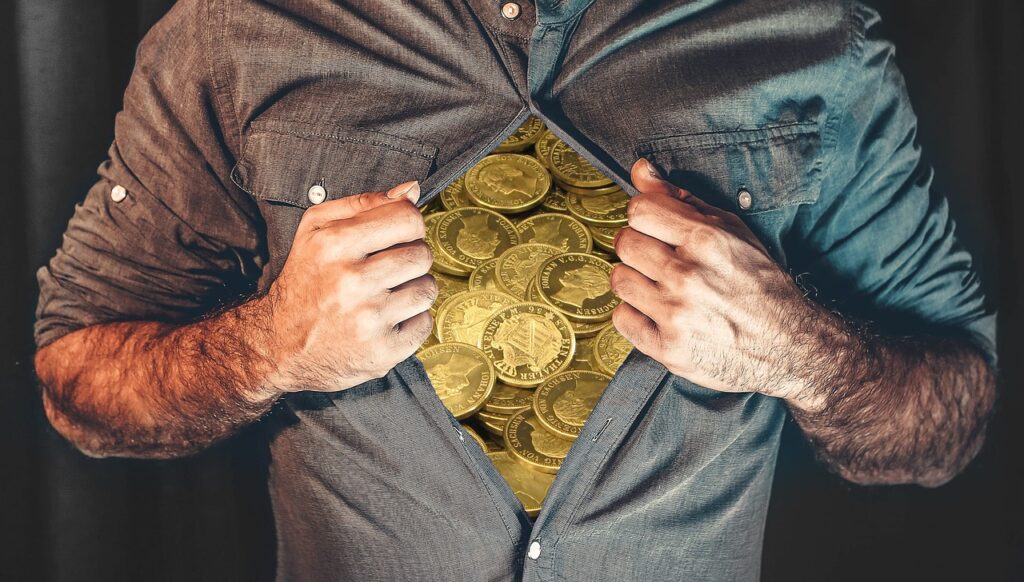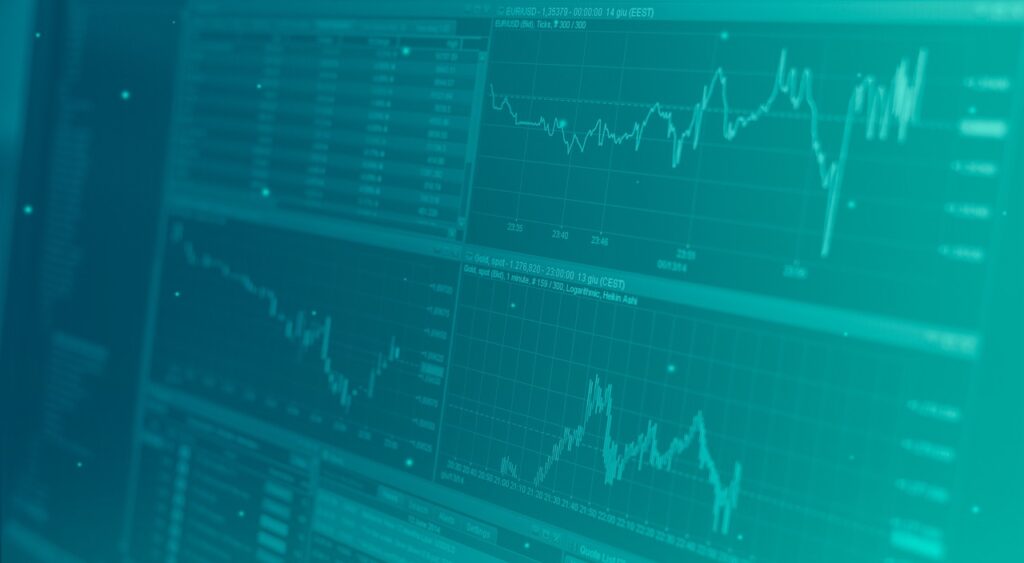Gold has captivated humanity for thousands of years, and its value has evolved significantly from ancient civilizations to the digital age. This precious metal has played a crucial role in shaping economies, societies, and cultures across the globe. In this article, we will explore the journey of gold’s value, from its ancient significance to its modern-day role in the digital era.
1. Gold in Ancient Civilizations
Gold’s history dates back to the earliest human civilizations, where it was regarded as a symbol of wealth, power, and divine favor. Its appeal can be attributed to its rarity, durability, and lustrous beauty, making it an ideal medium for trade, currency, and adornment.
The Egyptians and the Pharaohs
The ancient Egyptians were among the first to recognize gold’s value, using it extensively in their art, jewelry, and tombs. Gold was associated with the gods, and the tombs of pharaohs, including the famous burial site of King Tutankhamun, contained vast amounts of gold artifacts. For the Egyptians, gold was not just a symbol of wealth but also a means to ensure immortality.
The Mesopotamians and the First Coins
In Mesopotamia, gold was used as a form of wealth and a means of exchange. The Sumerians and Babylonians were among the first to mint gold coins, facilitating trade and commerce. These early coins helped solidify gold’s role as an integral part of the global economy, especially in the context of early trade routes stretching from Asia to Europe.
The Greeks and Romans
The Greeks and Romans furthered the use of gold, particularly in the form of coinage. The Roman Empire, at its height, relied on gold coins as the backbone of its economy, and gold became a symbol of the empire’s wealth and military power. The Romans also utilized gold in the construction of temples, monuments, and crowns for emperors, underscoring its role in reinforcing imperial authority.
2. Gold and the Medieval Era
As the Western Roman Empire fell and Europe entered the Middle Ages, gold continued to hold immense value. During this time, gold was used as a store of wealth and played a pivotal role in the emerging feudal system.
The Role of Gold in the European Monarchies
Medieval kings and queens used gold to finance wars, build castles, and create extravagant jewelry. The medieval period also saw the creation of royal gold crowns, which symbolized the divine right of kings to rule. Gold became an essential tool for rulers to assert power and establish their legitimacy.
The Rise of Gold Trade
The expansion of trade routes, particularly through the Silk Road and the European Age of Exploration, led to the discovery of new sources of gold. Spain, Portugal, and other European nations profited immensely from gold mined in the Americas, leading to the establishment of gold-backed currencies and a growing emphasis on gold as a reserve asset.
3. The Gold Standard: A New Era in Monetary Systems
By the 19th century, the importance of gold had evolved into its role as a central element of the global monetary system. The adoption of the gold standard in the 1800s changed the way nations and economies interacted with gold.
The Gold Standard in the 19th and Early 20th Centuries
Under the gold standard, countries fixed their currencies to a specific amount of gold, ensuring a stable and predictable value for money. This system encouraged global trade and investment, as people trusted that their currency was backed by a tangible asset. During this period, gold became the cornerstone of economic stability, and nations hoarded vast reserves to maintain their standing in the global economy.
The Impact of World Wars and the Great Depression
The First and Second World Wars, along with the Great Depression, disrupted the gold standard system. Countries were forced to abandon the gold standard temporarily to finance military campaigns and combat economic crises. In 1944, the Bretton Woods Agreement established the U.S. dollar as the global reserve currency, indirectly tying it to gold through the U.S. government’s gold reserves.
4. The Post-Gold Standard Era: Gold in Modern Finance
The collapse of the Bretton Woods system in 1971 marked the end of the gold standard era. Since then, the world has operated under a fiat currency system, where money is not backed by a physical commodity like gold. Despite this shift, gold has maintained its appeal as a store of value and a hedge against inflation.
Gold as a Safe Haven Asset
In times of economic uncertainty, such as the 2008 global financial crisis, gold has been seen as a “safe haven” asset. Investors flock to gold during periods of inflation, currency devaluation, or geopolitical instability, as it retains its intrinsic value. Gold’s role as a hedge against risk is a significant factor in its ongoing relevance in modern finance.
The Growth of Gold ETFs and Digital Gold
With the rise of technology and digital finance, gold has made its way into the digital realm. Gold-backed exchange-traded funds (ETFs) allow investors to buy gold without physically holding the metal. Additionally, the advent of digital gold platforms and blockchain technology has opened new avenues for investing in gold through cryptocurrencies, such as Bitcoin Gold and Gold-backed tokens.
5. Gold in the Digital Age: A New Frontier
In the digital age, gold continues to evolve. While traditional gold investments remain popular, digital technologies have introduced innovative ways to interact with gold, making it more accessible to a broader audience.
Gold as a Digital Asset
As the world becomes increasingly digital, gold’s value proposition has adapted. Blockchain-based gold tokens provide an opportunity for fractional ownership of gold, allowing individuals to invest in small amounts of the precious metal. These digital tokens are backed by physical gold stored in vaults, giving investors the ability to trade gold as easily as they would any other cryptocurrency.
Gold in the Era of Cryptocurrencies
Cryptocurrencies and digital currencies like Bitcoin have been dubbed "digital gold" due to their store-of-value qualities. However, unlike gold, which has millennia of historical value and stability, digital currencies remain volatile. Despite the rise of digital assets, gold remains a significant player in the financial landscape as both a physical asset and a digital one.
Conclusion
Gold’s value has undergone a fascinating evolution, from its role as a symbol of divine authority and wealth in ancient civilizations to its central place in modern investment portfolios. Throughout history, gold has been a cornerstone of financial systems, a symbol of stability, and a store of wealth. In the digital age, it continues to adapt to new technologies and financial innovations, ensuring its place as a valuable asset for centuries to come. Whether in physical form or digital, gold's timeless allure continues to captivate investors and individuals around the world.





